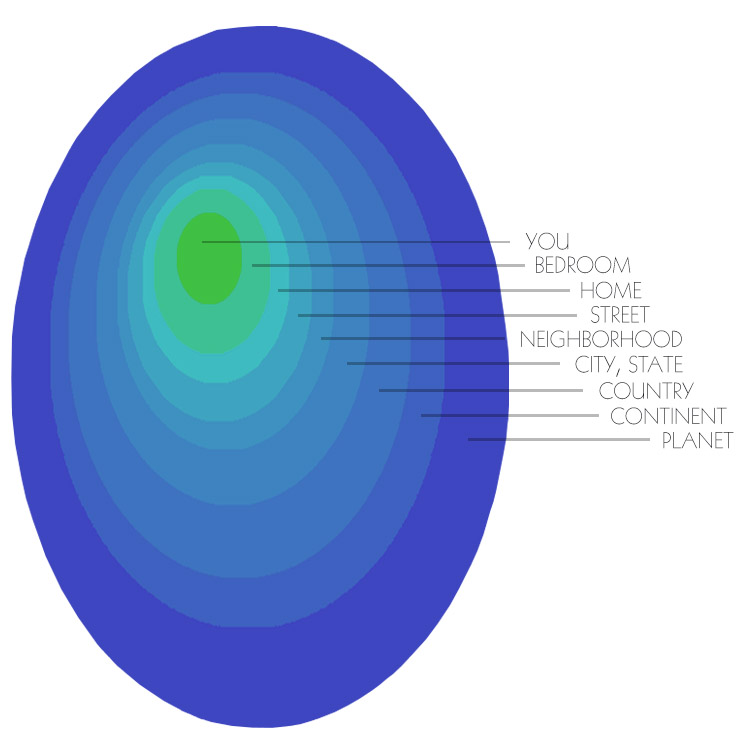I happily discovered your blog and am inspired to feng shui my desk! Unfortunately I have an L-Shaped desk attached to the walls, and the right side of my body is directly in line with the door. I do not have the option to change this, what can I do instead? Can I use crystals?
- Joanne C., San Francisco, CA
BTB feng shuiHi Joanne, thanks so much for your question. This is a good question, because it’s very common. If you work in a cubicle, or most office spaces, it’s very likely you will have a desk that is fastened to the walls, often placing the worker directly in line with the door (or door of the cubicle). I have designed many, many office spaces in my time, and even after learning feng shui, sometimes you end up with a situation like this. For instance, in my home office, my only option is also to place my desk so that my (left) side is directly in line with the door.
Luckily, BTB feng shui gives us some tools to adjust these situations. Ideally, if at all possible, it is best to place the desk in command. But for those of us without that option, I have some suggestions!
Convex Mirror
If the side of your body is facing the door, then you are not in command while sitting at your desk. A simple way to adjust this is to use a convex mirror. I have a small one on the top of my computer monitor so that it expands my view around me. It’s even better if you can place it angled so that you can see the door. You can get one at the Holistic Spaces store here.
Feng Shui Crystal Ball
Because you’re in line with the door, that puts you in the path of qi. This should be adjusted, because the qi comes at you very quickly and can be damaging. The feng shui way of adjusting for this is to place a faceted feng shui crystal ball halfway between you and the door. Grab a crystal ball with string at the Holistic Spaces store here. Hang the crystal ball with a red string from the ceiling. The length of the string can be cut in a dimension that is a multiple of 9, such as 9”, 18”, 27” and so forth. You can use any units, including centimeters. The crystal ball energetically breaks up that rushing qi and disperses it.
If you have enough room, you can use something else to break up the line of qi, such as a piece of furniture or plants. We’d love to see a photo of what you end up doing!
I hope you also listen to my Podcast, Episode #3 feng shui for your desk!
Mindful Design is a new way to learn feng shui. Our a unique training program takes an holistic approach to learning the art of feng shui design. Mindful design is about becoming aware, and attentive, to the energy around you: both inner and outer qi. It is about promoting a better way of living and creating sacred spaces that support, and nourish. Visit us at mindfuldesignschool.com.





